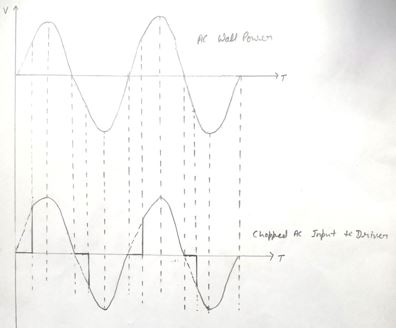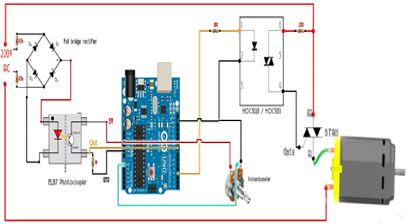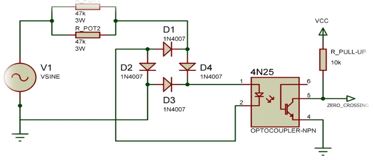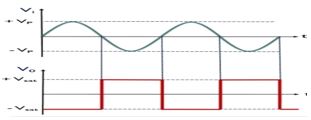Introduction
The Objective of this paper is controlling AC motor speed control using Arduino and TRIAC. Turning any electronic appliance on and off is easy by various automation projects in which control mechanism technique is used but many times we are required to control the AC power partially like controlling the intensity of light or the speed of a single phase motor.
For that, PWM technique. PWM is known as pulse width modulation, in this technique, the average voltage sent to the load is controlled by turning the switch between the input supply and load on & off at a fast rate, that is how it generates variable width pulses, which can help in controlling the speed of a fan. An Arduino generates these PWM signals.The ardunio used in the paper has been programmed using embedded python language.
Overview
As AC loads everywhere around us. In addition, most of the home appliances are supplied with the AC Power supply. There is lot of situations that we want to have full control over an AC load such as a Voltage control of a lamp, speed control of AC motor/ Fan, and so many other applications. The proper way to control 230v AC is through phase control with a Triac: the Triac then is fully opened, but only during a part of the sinus AC wave.

Figure 1: Chopped AC Input to Drive
However, controlling an AC load is not as easy as controlling a DC load. The electronics circuit for both these applications is different. The AC mains with a sinusoidal wave has a frequency of 50Hz. To build an AC Drive the zero-crossing points (the points where the wave changes its polarity) are important.
To detect these points, we have to build a zero-crossing detector first. Similarly, we have to control the phase and cycle of the waveform. Since every component can’t tolerate 220V AC, so we need to isolate the circuit from 220V AC using some other component.
Proposed System
This paper provides a new speed control method of single-phase AC induction motor. It is available at high efficiency; with economical cost. AC drive is proficient of supplying a single-phase induction motor with PWM modulated sinusoidal voltage output. An ARDUINO Uno mostly used TRIAC phase angle, control drives. The circuit is capable of supplying single-phase induction motor with inductive or resistive load and with variable AC voltages.

Figure 2: Complete Circuit Diagram
It is comparable to TRIAC control, the voltage applied to the load can be changed from minimum to maximum value. A PWM technique has been used and it can be compared with phase angle control, which will be used for TRIAC, which produces considerably low higher order harmonics. Since the circuit, aimed at economical cost, medium powered applications, to get the output voltage waveform.
It can modulate mains AC voltage. As related with expensive converter, it needs low in number of active and passive power components. The drive accompanies TRIAC with PWM control. This control drive based on this recommended control procedure can be used in consumer as well as industrial products like fans, blowers, and washing machines etc.
The circuit works on the principle of PWM technique for speed control of an induction motor. When we want to increase or decrease the motor this project will be more useful. First to increase the motor increment switch is turned on and it can vary in steps and when the user want to decrement the speed of motor, decrement switch will be turned on.


 ©
© 


